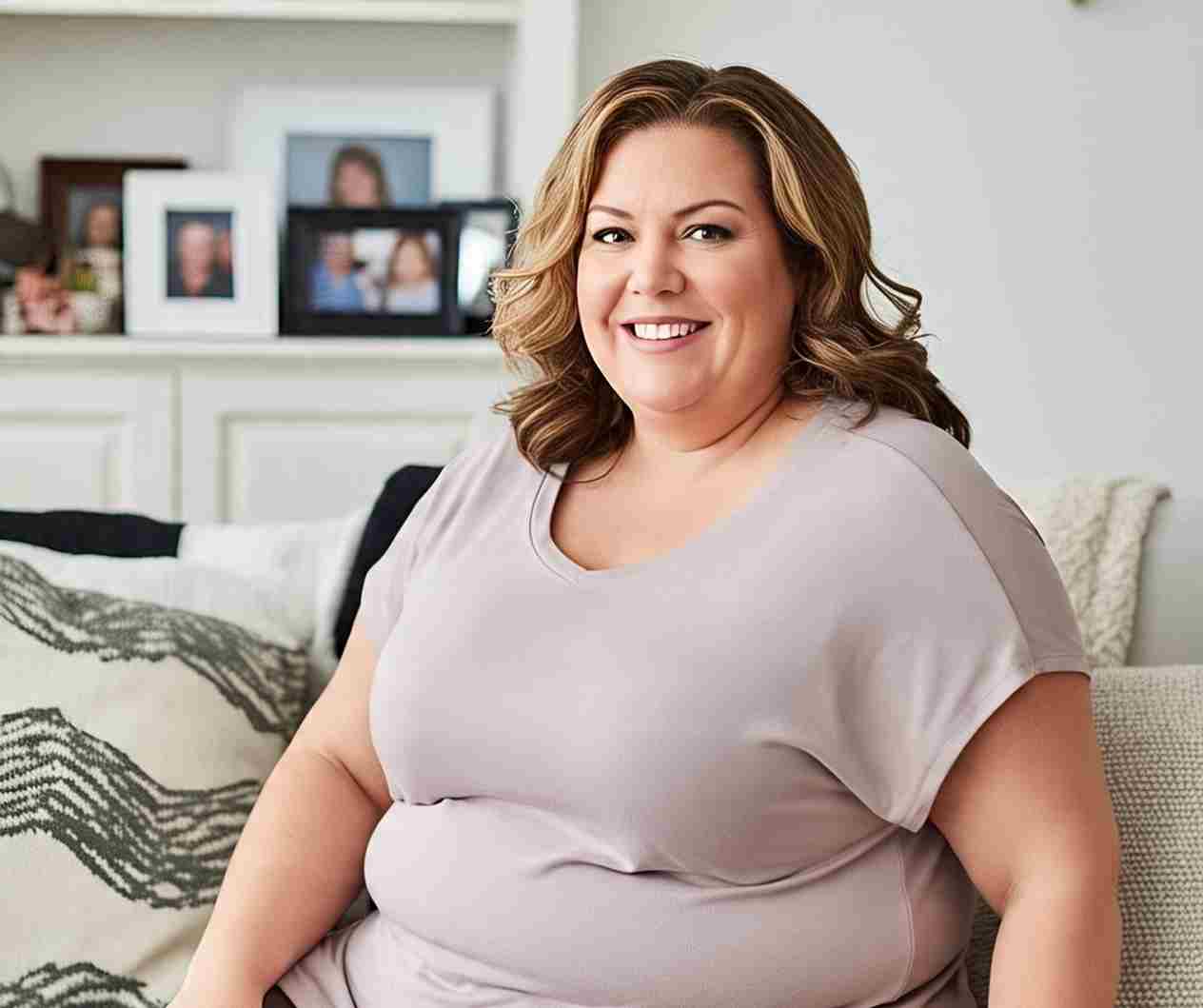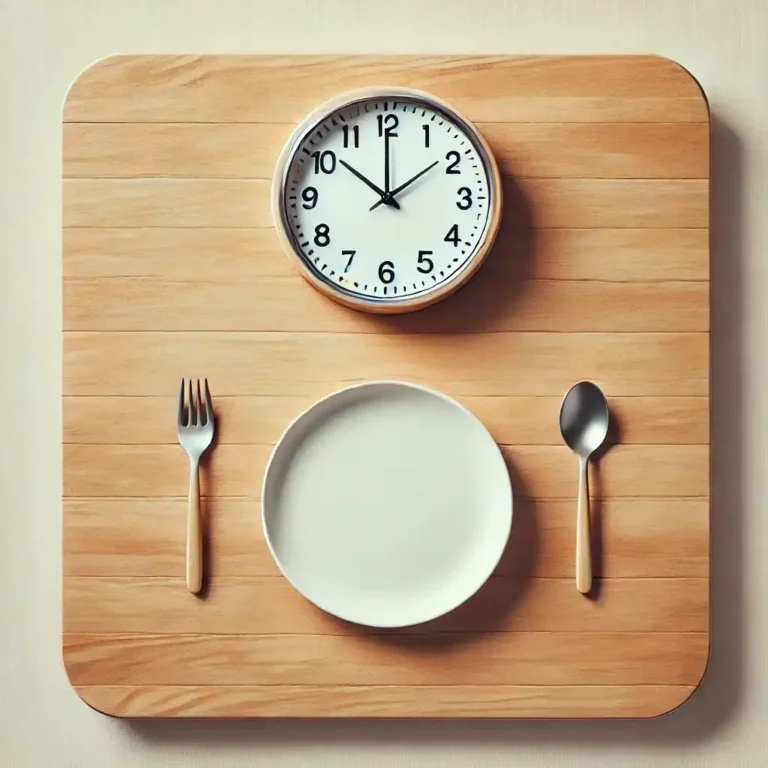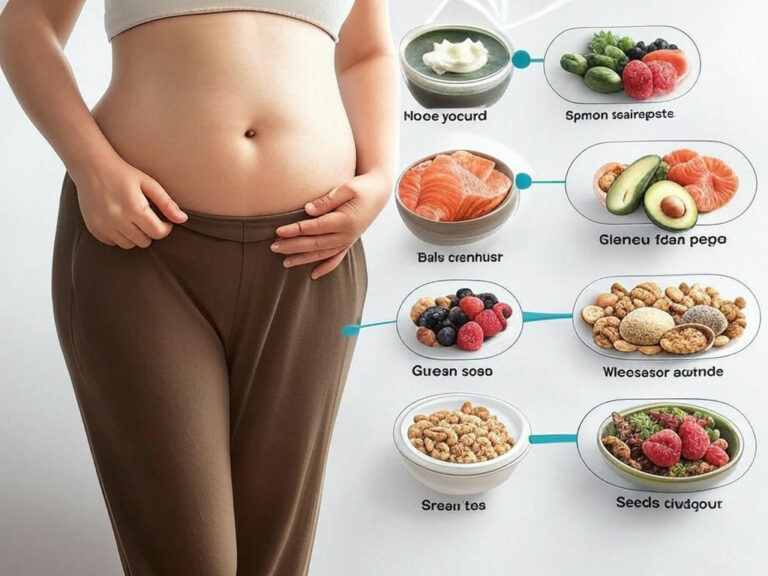Belly Fat After 40: Simple, Effective Tips to Slim Down During Menopause
As women cross the age of 40 and approach menopause, their bodies go through big changes. One common challenge is belly fat that seems to stick around no matter what you do. Hormonal shifts during menopause can make losing belly fat feel like an uphill battle, but it’s not impossible. With the right approach, you can take control of your health, feel confident, and conquer that stubborn belly fat. This article explains why belly fat happens during menopause and shares simple, practical tips to help women over 40 slim down and stay healthy.

Why Belly Fat Becomes a Problem After 40
Menopause usually happens between the ages of 45 and 55. During this time, your body produces less estrogen and progesterone, two hormones that play a big role in how your body stores fat. Here’s why these changes lead to more belly fat:
- Hormonal Changes: Estrogen helps control where fat goes in your body. Before menopause, women tend to store fat in their hips and thighs. As estrogen levels drop, fat starts to collect around the belly instead. This is called visceral fat, and it’s the kind that sits deep around your organs, which can be risky for your health.
- Slower Metabolism: As you age, your metabolism naturally slows down. This means your body burns fewer calories at rest. If you eat the same amount as you did in your 20s or 30s, you might gain weight more easily.
- Muscle Loss: After 40, women lose muscle mass due to aging and lower hormone levels. Muscle burns more calories than fat, so less muscle means your body burns fewer calories, making it easier to gain weight.
- Stress and Cortisol: Menopause can bring stress, mood swings, and sleep problems. Stress raises cortisol, a hormone that encourages your body to store fat, especially around the belly.
- Sleep Issues: Many women struggle with sleep during menopause because of hot flashes or night sweats. Poor sleep can mess with hunger hormones, making you crave sugary or high-calorie foods, which can add to belly fat.
Belly fat isn’t just about looks—it can increase the risk of heart disease, diabetes, and other health problems. The good news? You can fight back with simple changes to your lifestyle.
Practical Tips to Lose Belly Fat
Here are easy-to-follow strategies to help you tackle belly fat during menopause. These tips focus on diet, exercise, stress management, and better sleep.
1. Eat Smart for Your Body
Your diet plays a huge role in losing belly fat. You don’t need to follow a strict or complicated plan—just make small changes to eat healthier.
- Focus on Whole Foods: Fill your plate with vegetables, fruits, lean proteins (like chicken, fish, eggs, or tofu), and whole grains (like brown rice or quinoa). These foods keep you full and give your body the nutrients it needs.
- Cut Back on Sugar and Processed Foods: Sugary snacks, sodas, and processed carbs (like white bread or chips) can spike your blood sugar and add to belly fat. Try swapping them for healthier options like fruit or nuts.
- Eat Healthy Fats: Not all fats are bad. Avocados, nuts, seeds, and olive oil are good for you and can help you feel satisfied. Just keep portions small since fats are high in calories.
- Watch Portion Sizes: As your metabolism slows, you may need fewer calories. Pay attention to how much you’re eating. Using smaller plates can help you control portions without feeling deprived.
- Add Protein to Every Meal: Protein helps you stay full and supports muscle growth. Aim for 20-30 grams of protein per meal—think a palm-sized piece of chicken or a scoop of Greek yogurt.
- Stay Hydrated: Drinking water helps your body work properly and can reduce bloating. Aim for 8-10 glasses of water a day. Herbal teas or infused water (with lemon or cucumber) can make it easier to stay hydrated.
2. Get Moving with Exercise
Exercise is key to burning belly fat and staying healthy. You don’t need to spend hours at the gym—just find activities you enjoy and do them regularly.
- Strength Training: Lifting weights or doing bodyweight exercises (like squats, push-ups, or planks) helps build muscle, which boosts your metabolism. Aim for 2-3 sessions a week. Start with light weights or resistance bands if you’re new to strength training.
- Cardio for Fat Burning: Activities like walking, jogging, cycling, or dancing get your heart rate up and burn calories. Try to get at least 150 minutes of moderate cardio each week (that’s about 20-30 minutes most days).
- Core Exercises: While you can’t “spot reduce” belly fat, strengthening your core with exercises like planks or leg raises can tone your midsection and improve posture.
- Stay Active Throughout the Day: Small movements add up. Take the stairs, walk during phone calls, or do stretches while watching TV. Aim for 10,000 steps a day if you can.
3. Manage Stress to Lower Cortisol
High cortisol levels from stress can make your body hold onto belly fat. Finding ways to relax can make a big difference.
- Try Relaxation Techniques: Deep breathing, meditation, or yoga can lower stress. Even 5-10 minutes a day can help. Apps like Calm or Headspace are great for beginners.
- Do Things You Love: Spend time on hobbies, like gardening, reading, or painting. Doing what makes you happy reduces stress naturally.
- Connect with Others: Talking to friends or family can lift your mood and lower stress. Joining a support group for women going through menopause can also help you feel understood.
4. Prioritize Sleep
Good sleep helps control hunger and stress hormones, which can prevent weight gain.

- Stick to a Routine: Go to bed and wake up at the same time every day, even on weekends. This helps your body get into a rhythm.
- Create a Sleep-Friendly Space: Keep your bedroom cool, dark, and quiet. Avoid screens (like phones or TVs) an hour before bed, as the blue light can mess with your sleep.
- Limit Caffeine and Alcohol: Both can disrupt sleep, especially during menopause. Try to avoid them in the afternoon and evening.
- Manage Hot Flashes: If night sweats keep you up, try wearing light, breathable pajamas and using a fan or cooling pillow.
5. Be Patient and Consistent
Losing belly fat during menopause takes time. Crash diets or extreme workouts might seem tempting, but they’re hard to stick with and can mess with your hormones even more. Instead, make small, steady changes and give your body time to adjust. Track your progress by how you feel—more energy, better mood, or looser clothes—not just the number on the scale.
Sample Meal Plan for a Day
Here’s an example of what a healthy day of eating might look like:
- Breakfast: Greek yogurt with berries, a sprinkle of chia seeds, and a drizzle of honey.
- Snack: A handful of almonds and an apple.
- Lunch: Grilled chicken salad with mixed greens, cucumber, avocado, and olive oil dressing.
- Snack: Carrot sticks with hummus.
- Dinner: Baked salmon, steamed broccoli, and quinoa.
- Dessert (optional): A small piece of dark chocolate or a fruit smoothie.
A Sample Weekly Exercise Plan
- Monday: 30-minute brisk walk + 15-minute bodyweight strength workout (squats, push-ups, planks).
- Tuesday: 20-minute yoga session for stress relief.
- Wednesday: 30-minute bike ride or dance class + 10-minute core workout.
- Thursday: Rest day or light stretching.
- Friday: 30-minute walk + 15-minute strength training with dumbbells.
- Saturday: 45-minute cardio (swimming, jogging, or Zumba).
- Sunday: Rest or gentle walk.
When to Talk to a Doctor
If you’re struggling to lose belly fat despite making changes, or if you have symptoms like extreme fatigue, mood swings, or irregular periods, talk to your doctor. They might check for conditions like thyroid issues or recommend hormone therapy if menopause symptoms are severe. A dietitian can also help you create a personalized eating plan.
Final Thoughts
Menopause is a natural part of life, but it doesn’t have to mean living with stubborn belly fat. By eating healthy, staying active, managing stress, and getting enough sleep, you can take charge of your body and feel your best. Start with small steps, stay consistent, and celebrate your progress along the way. You’ve got this!
You Might Also Like :
Best Exercises to Lose Belly Fat: A Simple, Science-Backed Guide
The Rise of Ozempic : Why It’s 2025’s Most Talked-About Solution for Belly Fat
Belly Fat Disparities in the U.S.: Exploring Causes and Solutions for Hispanics






